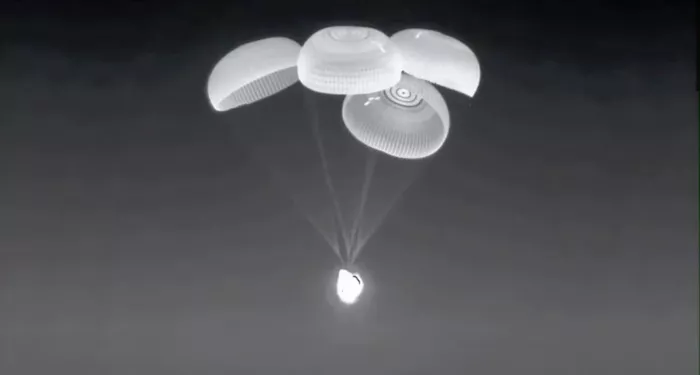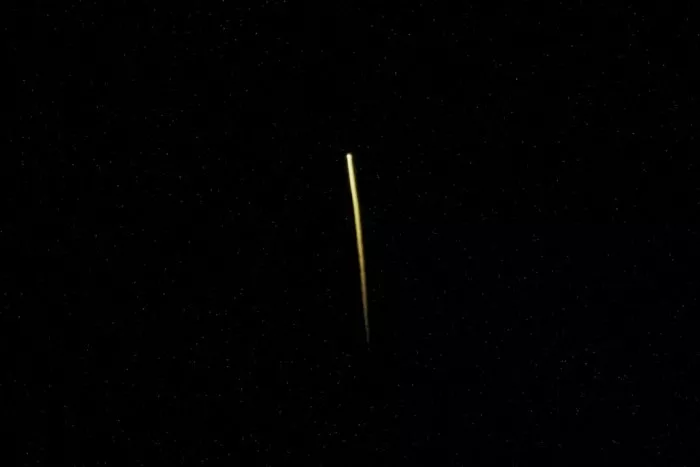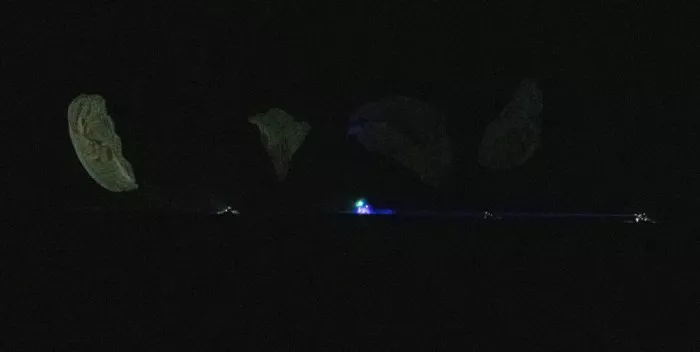Astronauts attended their first media conference call on Wednesday after NASA's crew-3 mission returned from the international space station (ISS) earlier this month. During the event, NASA astronauts Thomas marshburn, Kayla Barron and Raja Chari and ESA astronaut Matthias Maurer described their six-month experience in the orbital space laboratory and shared new details of taking the SpaceX manned dragon spacecraft**

Crew-3 is SpaceX's third commercial manned mission. The manned dragon spacecraft will deliver astronauts to the international space station and bring them back to earth. The first two groups also shared their experience of taking the manned dragon spacecraft, the first American manned spacecraft launched after the end of the space shuttle era.
As part of the return journey, NASA astronaut Chari shared his feelings. His narrative extends what his colleague Victor Glover described in an interview with Hollywood actor Tom Cruise about living and working on the international space station. In his conversation, the astronaut shared that he kept hearing background noise while living on the international space station.

On this basis, Chari described the transformation experience from experiencing the space station to experiencing the journey home on earth. What shocked him most was that when the manned dragon spacecraft drove towards the earth at 17500 miles per hour, human senses regained vitality.
In response to a question about the feeling of returning to earth in the manned dragon spacecraft and the backup of the four main parachutes, the astronaut explained this:
Therefore, for re-entry, there are different stages, like entering the preparation stage, and then entry one and entry two, both of which have different stages. But according to Bob (NASA astronaut Robert Behnken), I think the uniqueness of the manned dragon spacecraft is I don't know it It's unique, but because you're sitting near a closed aircraft, you can hear all the valves, you can hear the pressure change of the propellant, so it's a very cool experience, especially when you have a lot of background fans on the space station, you don't hear the burning of the propellant, you don't hear these things. So when you go back to the manned dragon flying ship, you can hear the starting sound of all these things. It's really good. I think when your senses revive, because GS begins to appear, it just adds audio dynamics. Then as the air increases and you decelerate, you will feel gravity. You will hear the sound of the air, like a very loud whoosh. You will see the almost constant pink light emitted by the plasma, so almost all your senses are activated, and they become active again when you are in microgravity. So your brain is processing all this information.
So I think it adds to this incredible feeling you know, even more than you experience. Then for parachutes, there are a lot of backup systems. I mean, including manual backup, hard wired switch on the control panel. No, what I want you to ask is like a Retro Rocket system. Nothing will be launched at the last second, but there are basically two-stage fault backup and redundancy. There are barometric altitude and GPS altitude. As I said, if everything else fails, you can even start the parachute manually. Therefore, there are quite a number of ways to deploy the parachute, and the four backups themselves have redundancy. You know, we've seen things before, whether it's a lagging parachute, something we've tested, or even the whole parachute doesn't function, and it still works well. Therefore, the design has considerable redundancy, and I think it has proved to be a very smooth journey so far. You know, when landing, I, Tom, have experience in many landing methods, but I thought it would be blown away by the wind, but it's actually more like being pushed back. The landing was surprisingly smooth, which I am very happy.
Raja Chari is not the only NASA astronaut to describe flying on SpaceX. Thomas marshburn is a senior space pilot. He has flown in the space shuttle, Russian Soyuz and manned dragon spacecraft. He shared that flying spacecraft requires almost no investment.

In response to a question, he explained whether it was difficult for the Dragon spacecraft to fly back to earth.
We were basically in a monitoring role on our way back. The automatic program of the system always seems to be correct and very accurate, at least for us. Therefore, to a large extent, we are observing, we know what should happen, and we have the tools we need to monitor what is happening. We have been thinking about what we should do if we don't succeed in the next step. Therefore, as a commander, Raja is very good at leading the whole team to complete tasks. We are about to enter the next stage of re-entry. Here are all the things we have to do. If it doesn't go according to the plan, we can use it through this kind of training, but it's a fairly smooth process.
Later, marshburn also shared his idea of spending the rest of his life in space if his family would like to join him.